This themed issue Contributions of inorganic chemistry to energy research is now available online
With Guest editors Duncan Wass and Neil Robertson, this themed issue focuses on the inorganic chemistry that lies at the heart of many sustainable energy technologies, including solar energy conversion, hydrogen storage, fuel cells, batteries, nuclear chemistry, biomass conversion, CO2 conversion and other aspects of catalysis for energy.
Check out the cover articles:
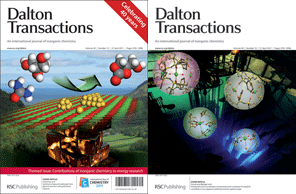
Synthesis of glycerol carbonate from glycerol and urea with gold-based catalysts
Ceri Hammond, Jose A. Lopez-Sanchez, Mohd Hasbi Ab Rahim, Nikolaos Dimitratos, Robert L. Jenkins, Albert F. Carley, Qian He, Christopher J. Kiely, David W. Knight and Graham J. Hutchings
Dalton Trans., 2011, 40, 3927-3937
DOI: 10.1039/C0DT01389G
Probing the local coordination environment and nuclearity of uranyl(VI) complexes in non-aqueous media by emission spectroscopy
Michael P. Redmond, Stephanie M. Cornet, Sean D. Woodall, Daniel Whittaker, David Collison, Madeleine Helliwell and Louise S. Natrajan
Lithium niobate nanowires for photocatalytic water splitting
Kenji Saito, Kazunori Koga and Akihiko Kudo
Dalton Trans., 2011,
40, 3909-3913


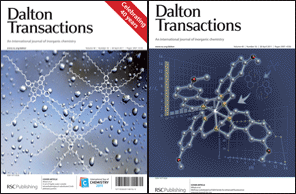










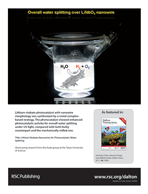

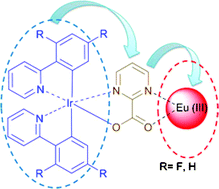
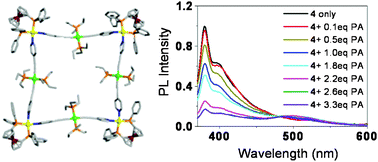
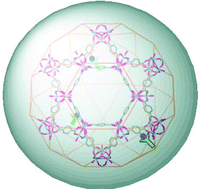
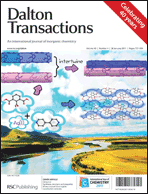 Syntheses, structures and properties of two unusual silver–organic coordination networks: 1D-1D tubular intertwinement and existence of an infinite winding water chain
Syntheses, structures and properties of two unusual silver–organic coordination networks: 1D-1D tubular intertwinement and existence of an infinite winding water chain